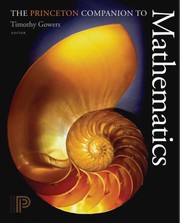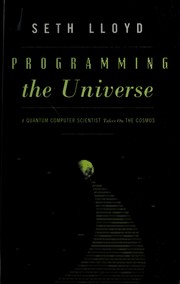Histoire des codes secrets (The Code Book) by Simon Singh, translated from English by Catherine Coqueret - ISBN 978253150978 - Editions Jean-Claude Lattes 1999
note that the previous ISBN 0965073335 had no cover, edition might differ
Motivation
Birthday present from my father.
Pre-reading model
Draw a schema (using PmGraphViz or another solution) of the situation of the area in the studied domain before having read the book.
Reading
- cryptography vs cryptoanalysis, constant arm-race
- "Marie et Baington avaient fait confiance a un chiffre pour tenir leurs plans secrets, mais ils vivaient a une epoque ou la cryptographie perdait de son efficacite devant les avancees de la cryptanalyse" (p68 of the french edition)
- see also my notes on Seedea:Research/Drive

- similarities between translation from ancient without knowledge of their meaning
- Babbage's inventor mindset
- Alan Turing brillance yet social difficulties
- nature of secrecy in the domain
- thus difficulty of research which is generally based on public exchange
- potential link between
- frequency analysis (comparing distribution of letters and/or words in a language) and
- manifolds in Information Geometry (comparing probability distributions)
- evolution of cryptography
- monoalphabet
- polyalphabet
- carre de Vigenere
- le chiffre indechiffrable
- key exchange, one way math function
- quantum encryption without ear dropping possibility
- evolution of cryptoanalysis
- analysis of frequencies
- mechanisation
- quantum algorithms to potentially crack RSA/DES
Tools
- Wikipedia:Secure Shell
 aka SSH
aka SSH
- rainbow tables
- PGP
- The GNU Privacy Guard GNU project's complete and free implementation of the OpenPGP standard as defined by RFC4880.
- FireGPG Firefox extension under MPL that provides an integrated interface to apply GnuPG operations
- Off-the-Record Messaging distant messaging by providing Encryption, Authentication, Deniability, Perfect forward secrecy
- DistCrypt by Neohapsis Labs presented at Hacker Halted 2009
- IACR Crypto DB, searching in publications from Crypto, Eurocrypt, Asiacrypt, CHES, PKC, TCC, FSE, the Journal of Cryptology, ...
See also
- my own PGPPublicKey?action=source
- my notes on The Princeton Companion to Mathematics especially on number theory
- The Code Book on Simon Singh's official website
- review by Artur Ekert at Cambridge CQC of The Code Book by Simon Singh concluding with "Probably the best book on the history of ciphers since David Kahn’s Codebreakers. Read it!"
- the recently discovered concept of Computational hardness assumption

- Algorithmic Cryptanalysis byAntoine Joux, Chapman & Hall/CRC 2009
- A Stick Figure Guide to the Advanced Encryption Standard (AES) by Jeff Moser, Moserware September 2009
- related work as application of Wikipedia:Number theory

- quantum cryptography
- Treatment of Alan Turing was “appalling” - PM, Number10.gov.uk September 2009
- The LLL Algorithm
- Algorithmic cryptanalysis by Antoine Joux, Chapman & Hall/CRC 2009 (with its companion website)
- 2 Elementary number theory and algebra background
- 10 Lattice reduction
- 3 Higher dimensions
- 2 Lenstra-Lenstra-Lovasz algorithm
- 14 Elliptic curves and pairings
- 1 Introduction to elliptic curves
- US National Cryptologic Museum NSA/CSS
- Theoretical Breakthrough for Quantum Cryptography, Technology Review: arXiv blog March 2010
- A Theory of Cryptographic Complexity by Manoj M. Prabhakaran at University of Illinois at Urbana-Champaign, IAS March 2010
- Algorithms vs. Hardness by Nisheeth Vishnoi at Microsoft Research India, IAS March 2010
- announcement about the talk (as link to the page talk seems to be down) with high and low quality recordings
- The Enemy Within by Mark Bowden, The Atlantic June 2010
- quoted regarding the MD6 paragraph
- China's secure communications quantum leap by Matthew Luce, Asia Times Online August 2010
- COPACOBANA, Cost-Optimized Parallel COde Breaker Special-Purpose Hardware for Code-Breaking
- Wikipedia:Elliptic curve cryptography

- À l’attaque des codes secrets by Mathieu Cunche, Interstices March 2011
- Mathematics#OneWayFunction
Overall remarks and questions
Synthesis
So in the end, it was about X and was based on Y.
Critics
Point A, B and C are debatable because of e, f and j.
Vocabulary
(:new_vocabulary_start:)
new_word
(:new_vocabulary_end:)
Post-reading model
Draw a schema (using PmGraphViz or another solution) of the situation of the area in the studied domain after having read the book. Link it to the pre-reading model and align the two to help easy comparison.
Categories
Other read books linking to the TheCodeBook page :
Back to the Menu
 Fabien Benetou's PIM
Fabien Benetou's PIM









